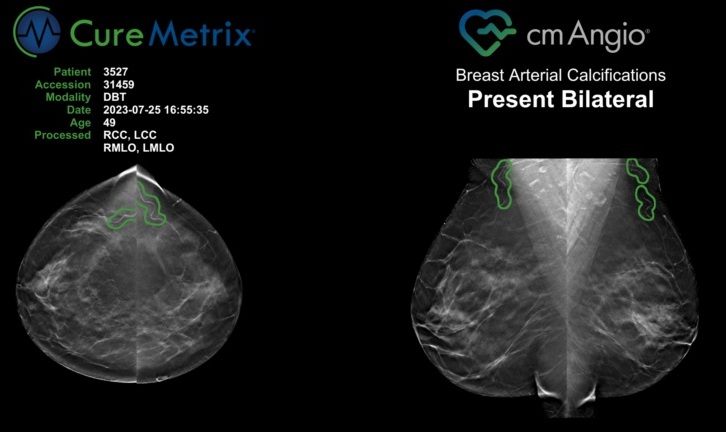AI Could Boost Clinical Adoption of Chest DDR
Posted on 01 Apr 2024
For diagnosing lung conditions, healthcare professionals typically rely on chest X-rays and pulmonary function tests (PFTs), which provide a snapshot of lung health. However, these traditional methods only offer a limited static assessment. Recent advancements have highlighted chest dynamic digital radiography (DDR) as a valuable tool for observing the lungs and diaphragm in motion, offering insights into respiratory function that static images are not capable of. Despite its potential benefits, the widespread adoption of DDR in clinical practice has been hampered by the manual, time-intensive analysis required and its unestablished correlation with standard PFT results. Now, the clinical use of chest DDR in patients with lung disorders could receive a significant boost with the development of artificial intelligence (AI) to perform the time-consuming analysis involved in the technology.
Researchers at Mount Sinai Hospital (New York, NY, USA) have developed a sophisticated AI "pipeline" utilizing convolutional neural networks (CNNs) to analyze sequences of DDR images of the lungs from patients. This approach aims to replicate the results of standard pulmonary function tests, effectively bridging the gap between DDR technology and conventional respiratory assessment methods. They created two specific CNNs for evaluating key aspects of lung movement in DDR sequences, using data from 55 patients representing a spectrum of lung health - from normal to those with obstructive and restrictive lung conditions. These CNNs were tasked with measuring lung areas in the images, essentially creating DDR-based pulmonary function tests (dPFTs). The researchers then undertook a comparative analysis of dPFTs against standard PFT measurements.

Their findings revealed statistically significant and strong correlations between the dPFT measurements and traditional PFT values, including total lung capacity, forced expiratory volume in one second, vital capacity, and functional residual capacity. These correlations indicate that dPFTs could potentially serve as alternatives to conventional PFTs, especially in scenarios where traditional tests are not feasible or available. DDR presents several advantages over conventional methods, including reduced radiation exposure compared to standard chest X-rays and the ability to provide valuable diagnostic information in situations where PFTs are inaccessible, such as for patients with neuromuscular disorders or during acute exacerbations of chronic obstructive pulmonary disease, concluded the researchers.
“Our study demonstrates robust dPFTs and PFTs correlations using an automated DDR analysis pipeline. This pipeline has potential to discern normal from abnormal physiology, suggesting dPFTs are valuable in assessing lung dynamics,” concluded the researchers.
Related Links:
Mount Sinai Hospital














